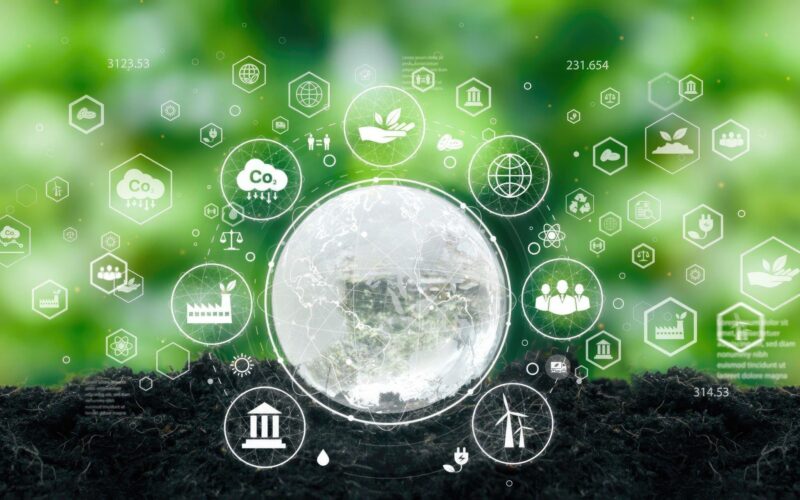Digital solutions like AI can help reduce global emissions to slow the pace of climate change and help people adapt to the changing planet. This has been highlighted in the news ‘Digital Sprinters sustainability report’, led by Deloitte and commissioned by Google.
This report studies a broad suite of digital technologies from the Internet of Things (IoT) and AI to Cloud platforms and remote satellite measurement and explores how digital tools can speed decarbonisation across high-emitting sectors and enable climate resilience, particularly in emerging and developing markets.
The report highlights key opportunities for digital technologies like AI-driven grid optimisation and route planning to reduce emissions by 2030. The report also discusses advancing adaptation and resilience through early warning systems and resilient infrastructure. With over 3.6 billion people living in areas highly vulnerable to climate change, efficient crisis response and resilient infrastructure are crucial for policymaking. Digital tools enable precise climate impact forecasting through data collection and analysis, forming the basis for planning and response strategies. AI and IoT technologies enhance the knowledge base and improve decision-making, automation, and innovation.
Public policy is instrumental in enabling the deployment of these solutions. Google has also deployed the Digital Sprinters framework to help governments in emerging markets shape digital transformation policies by focusing on four strategic areas: Infrastructure, People, Enabling Policies, and Technology Innovation.
The new report applies this lens to offer policy recommendations for accelerating action on climate change, including:
Infrastructure: policy measures that expand internet access and ensure data availability can help create the environment for digital solutions to reach people, while public support for the deployment of satellites and IoT can enhance the data collection needed for effective climate solutions.
People: deepening digital education can help create a workforce well-versed in both climate science and digital technology.
Technological innovation: creating innovation hubs to incubate new ideas, supporting early-stage digital businesses, and adopting digital climate solutions in municipalities can help improve government initiatives.
Enabling policies: establishing standards for climate-related information, for example, labeling the environmental footprint of products can help make sustainable decisions. Digital tools can help implement sustainability regulations, support sustainable resource usage, and foster well-functioning climate-related markets.





















